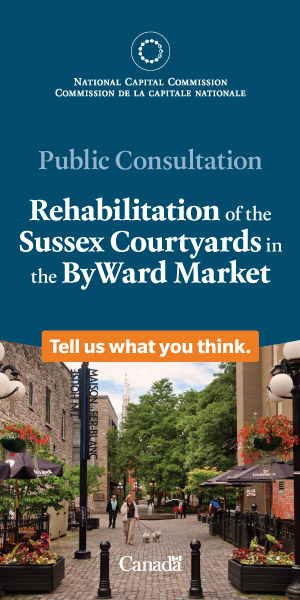
The Anishinaabemowin translation of Project Learning Tree Canada’s (PLT Canada) A Guide to Green Jobs in Canada: Voices of Indigenous Professionals has just been released, and the Plains Cree translation is coming out soon.
“The revitalization of our cultures includes language. Offering these translations is a way of acknowledging and respecting the culture and traditions of Indigenous Peoples,” said Dean Assinewe, one of the people profiled.
The free guide features first-person stories from 12 Indigenous leaders working in the forest, conservation and parks sectors and green career fact sheets.
“It’s important to reach people in their first language, and we hope the guide can also be used as a learning tool for others who are trying to learn their language,” said Assinewe, a member of Sagamok Anishnawbek.
Anishinaabemowin is spoken by approximately 28,000 people, and Cree is spoken by around 96,000 people. They are two of the most widely spoken Indigenous languages in what is now Canada.
Efforts to preserve, promote and revitalize Indigenous languages is part of reconciliation, and the United Nations declared that the International Decade of Indigenous Languages will begin in 2022.
In fact, it is already a best management practice in industries like forestry to put notices out in Indigenous languages as well. And there are many initiatives within communities to reconnect younger generations with their language. For example, the Aamjiwnaang First Nation used the cultural activity of making maple syrup to teach Anishinaabemowin vocabulary with a YouTube documentary, Ziidbaatogeng.
Assinewe, who now works as PLT Canada’s Indigenous Opportunities Advisor, said activities like this connect us to the land. His love of nature was influenced by his father, who was a trapper in his youth.
“We spoke quite a bit about his experience and his spiritual relationship with the land. In our culture, we’re all connected,” he said.
Assinewe was working for a pharmaceutical company in Toronto, but he found himself wanting to go home and be outdoors. So he switched gears and pursued his Registered Professional Forester (RPF) designation.
One of the goals of A Guide to Green Jobs in Canada: Voices of Indigenous Professionals is to inspire Indigenous youth to pursue green careers. PLT Canada has placed more than 500 Indigenous youth from over 80 different Nations into high-quality green work experiences—many of whom found placements in their own communities.
“If First Nations can help take a lead in how development happens, Canada and the rest of the world will be better for it,” said Assinewe. “We have to draw careful connections between our environment, our culture and traditions, and how we develop our natural resources.”
Check out A Guide to Green Jobs in Canada: Voices of Indigenous Professionals in English, French, Anishinaabemowin and soon Plains Cree for free at pltcanada.org.











